
NeuroGuard Technologies Inc.
Revolutionizing Head Protection
Protecting brains.
Preserving lives.
Advancing safety.
We are redefining the future of head protection. Our Kinetic Veil, a patent-pending anti-concussive helmet, combines the protection offered by traditional helmets with a mechanical energy conducting system that redistributes impact forces away from the head. Designed for high-risk environments, such as sports, military operations, and construction.
The Critical Need for Advanced Head Protection Against Concussions
The Numbers
-
There are 3.8M+ sports-related Concussions Annually in the US.
-
There were 450,000 Traumatic Brain Injuries (TBIs) between 2000-2022 among US service members.
-
There were 214,110 work-related TBIs hospitalizations in 2020.
The Current Technology is Limited
-
In the US alone, the estimated annual cost of TBIs is $48.3 Billion.
-
Traditional helmets transmit impact forces directly to the head and neck.
-
Limited protection against rotational forces.
-
No solution for dispersing energy beyond the head.
-
The primary cause of concussions (brain surge in the skull) remains unaddressed.

OUR MISSION
To advance head protection through evidence-based design that reduces the risk of brain injury.
We aim to raise the standard of safety for people operating in high-risk environments—athletes, defense personnel, emergency responders, and construction crews.

OUR VISION
NeuroGuard Technologies Inc. envisions a future where impact-related brain injuries are significantly reduced through thoughtful application of physics and engineering.
We are building scalable, adaptive solutions to meet evolving safety needs across sectors.

OUR TECHNOLOGY
Kinetic Veil uses mechanical energy transfer to redirect impact forces away from the head, rather than simply absorbing them.
Our approach is designed to reduce trauma from repeated impacts and blast exposure, supporting long-term cognitive and neurological health.
Demonstrated Impact
Kinetic Veil is a next-generation helmet system engineered to reduce the risk of brain injury by redirecting impact forces away from the skull.
Grounded in the principles of energy transfer, simulations of our design show the force moves toward regions of the body better suited to manage it—without compromising protection or mobility.
In controlled simulations:
-
Head acceleration during frontal impacts was reduced by 68%
-
Surface stress on the skull under blast loading dropped by 76%
These early findings signal the potential of a new approach to head protection—one that shifts away from passive absorption and toward strategic redirection of mechanical energy.
NeuroGuard Technologies Inc. is committed to advancing safety through science, engineering, and innovation.
With our energy transfer system, we are not changing the helmet— we are changing the approach
Preliminary Design and Proprietary Technology
Without
NeuroGuard
68%
Reduction in head acceleration during frontal impacts on initial models
76%
Reduction in head surface stresses under explosive blast loading on initial models
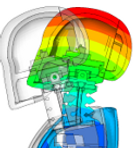
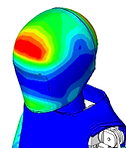
With
NeuroGuard
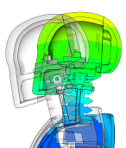
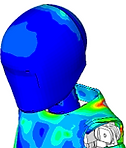
Our Patent-pending technology:
-
Redirects mechanical energy.
-
Reduces strain on the head and neck.
-
Increases protection when under high-risk conditions.
-
Provides support for long-term cognitive health.
-
Is durability and adaptability for use in the field.
Our Team
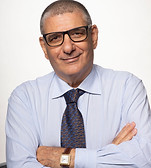
Yochi Cohen
Founder & CEO
• Extensive background in energy absorption systems
• Previous innovations in civilian safety technology
• Previous innovations in hard armor technology
• Proven track record in protective equipment innovation
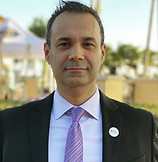
Ahmet Becene, Ph.D.
Chief Engineer
• 27+ years of simulation and design engineering experience.
• Principal Fellow and Discipline Lead of Structures at Collins Aerospace.
• Expert in nonlinear dynamic events and high-impact simulations.
• Specialized in biomechanical effect of high-intensity loads on the human body.
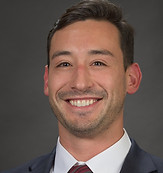
Marcus Orzabal, Ph.D.
Senior Scientific Advisor & Medical Impact
• 10 years of research in neurodevelopment and cardiopulmonary physiology.
• NSF Postdoctoral Fellow for Innovative Postdoctoral Entrepreneurial Research (2022).
• Extensive NIH R01 and SBIR Phase II grant writing experience.
• Medical student (3rd year), University of Arizona College of Medicine - Phoenix.

Gabriel Kret
Mechanical Design Engineer
•Background in Mechanical engineering and computer science.
•Experience at Siemens, Howmet Aerospace, The Technion, and Rosco Vision Systems.
•Specializes in mechanical design, computational modeling, and applied machine learning.
•Proficient in Python, CAD, CFD, and rapid prototyping for engineering innovation.